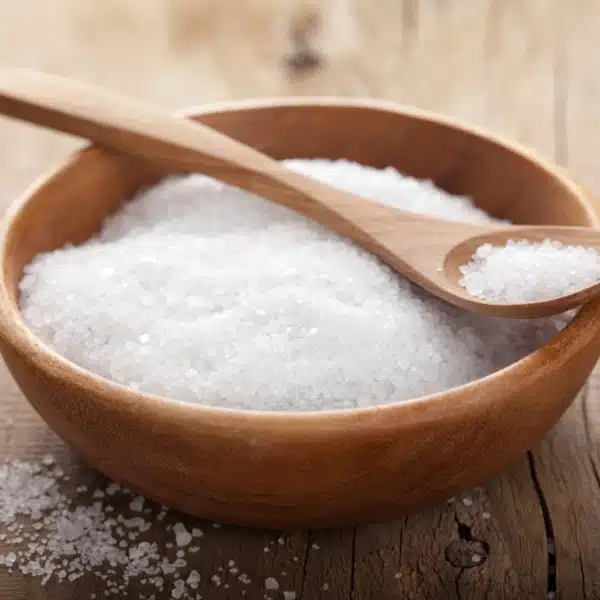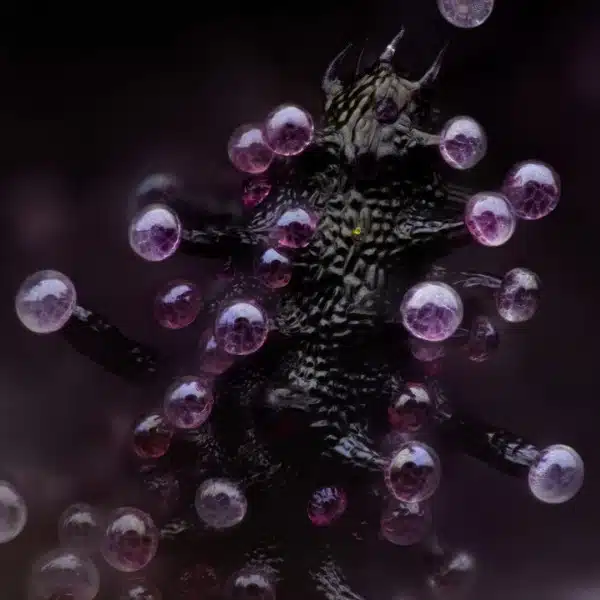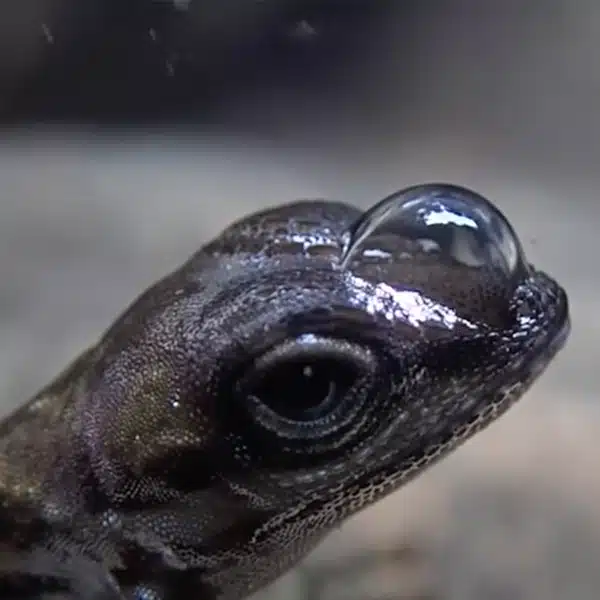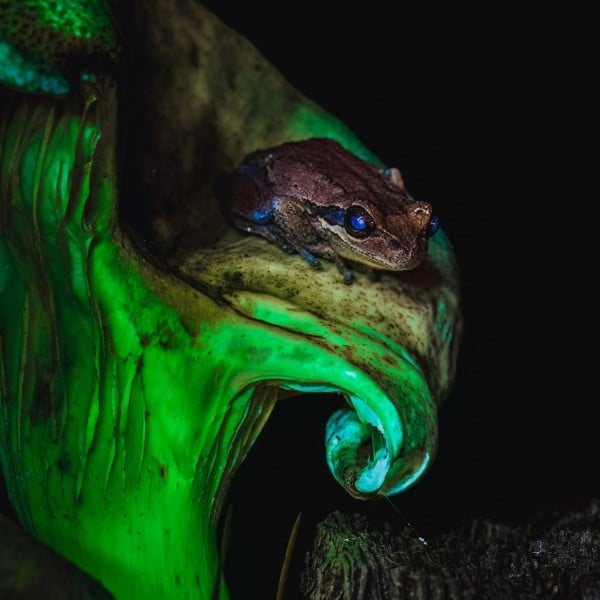
Bismuth has a long and rich place in history, but its colorful, crystallized form continues to dazzle us today. The element’s existence dates back to ancient times—it was one of the first 10 metals to be discovered—with the name bismuth appearing in texts around 1660. Often confused with tin or lead, its pure state dons a similarly silver hue.
Bismuth crystals are derived from the element but are only created under the right conditions. These brilliant iridescent pieces are extremely rare in nature and are instead fabricated in a lab or even your stove top. Bismuth has a low melting point just above 271 °C (520 °F), and the transformation to crystals happens once it’s in liquid form. It cools into a hopper formation, which accounts for its ridged appearance that looks like tiny sets of stairs you’d find in an M.C. Escher drawing.
Instructables offers a short DIY for making your own Bismuth crystals, or they’re readily available for purchase in shops like Bismuth and Beyond.
Bismuth crystal dazzle us with its iridescent form that also resemble tiny, hypnotizing stairs.
Above photo source: bismuthcrystal.com
 Photo source: bismuthcrystal.com
Photo source: bismuthcrystal.com
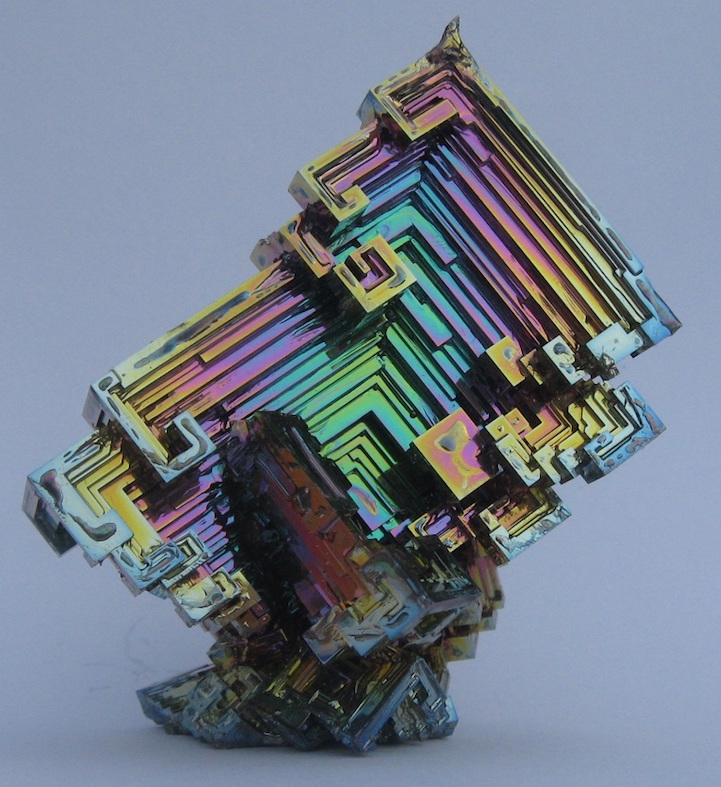 Photo source: bismuthcrystal.com
Photo source: bismuthcrystal.com
 Photo source: bismuthcrystal.com
Photo source: bismuthcrystal.com
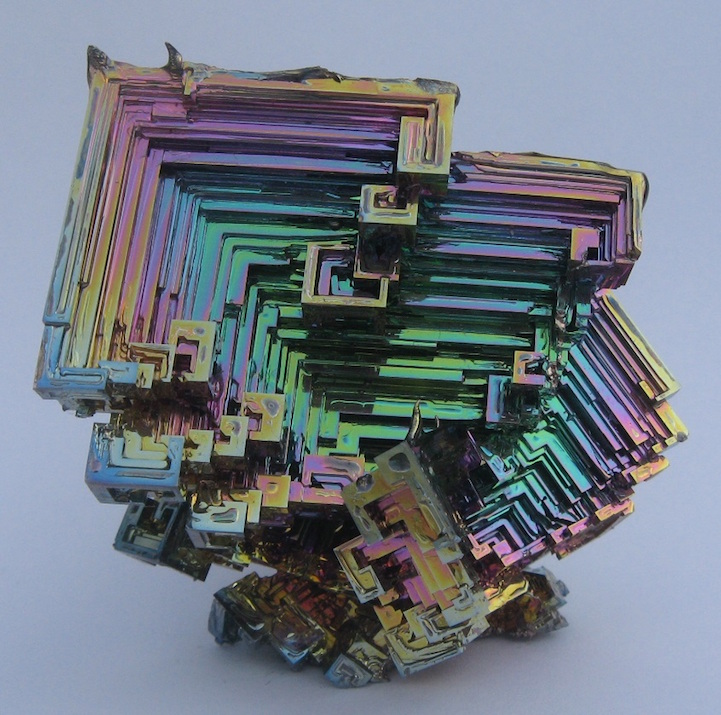 Photo source: bismuthcrystal.com
Photo source: bismuthcrystal.com
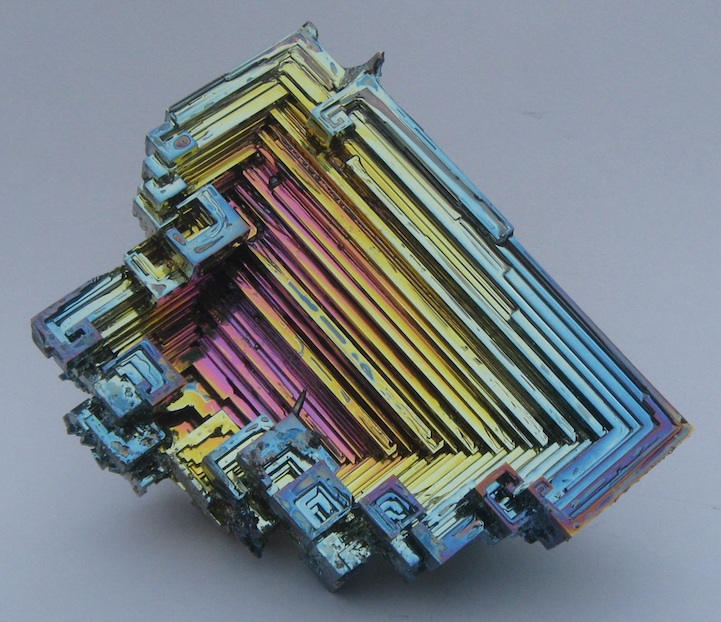 Photo source: bismuthcrystal.com
Photo source: bismuthcrystal.com
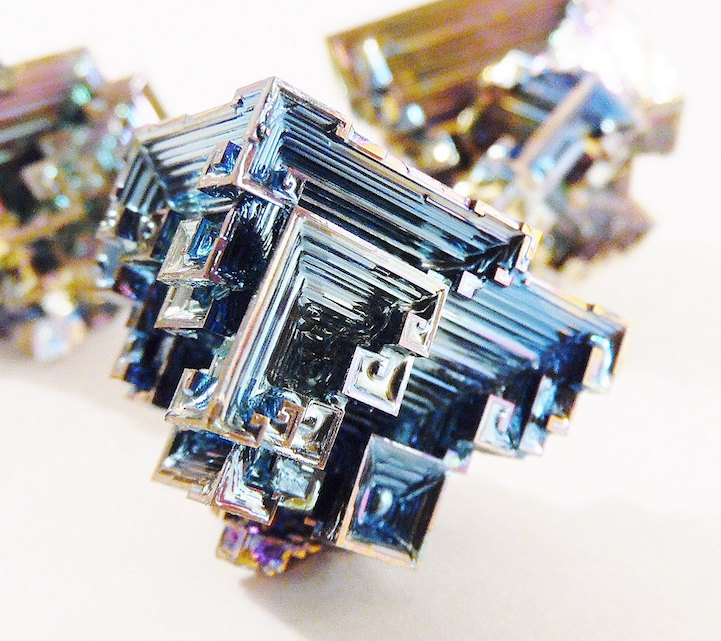 Photo source: Bismuth and Beyond
Photo source: Bismuth and Beyond
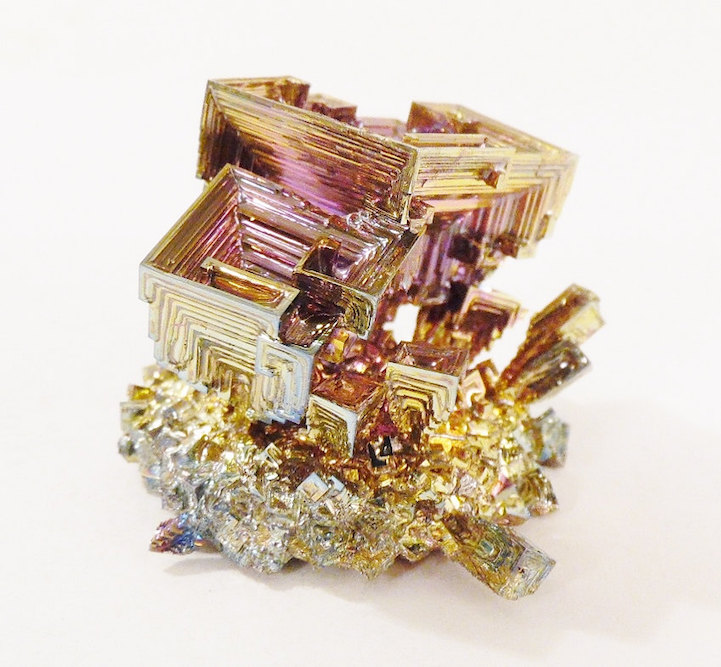 Photo source: Bismuth and Beyond
Photo source: Bismuth and Beyond
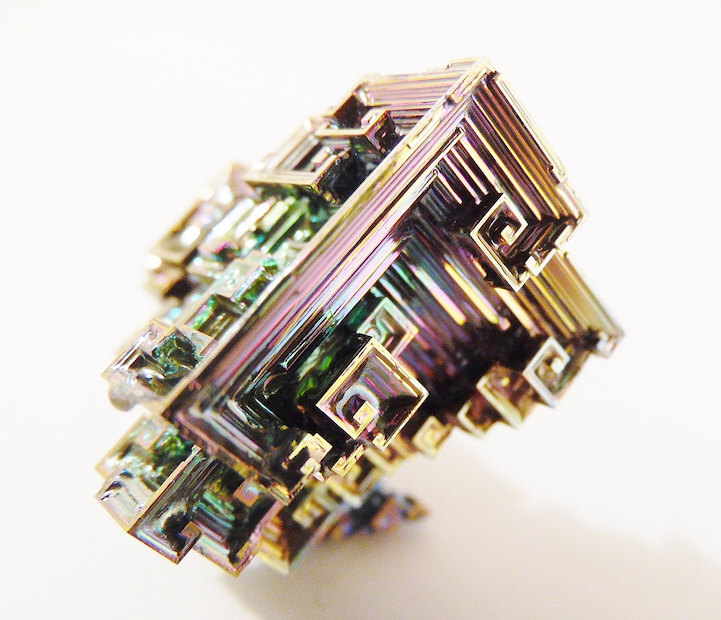 Photo source: Bismuth and Beyond
Photo source: Bismuth and Beyond
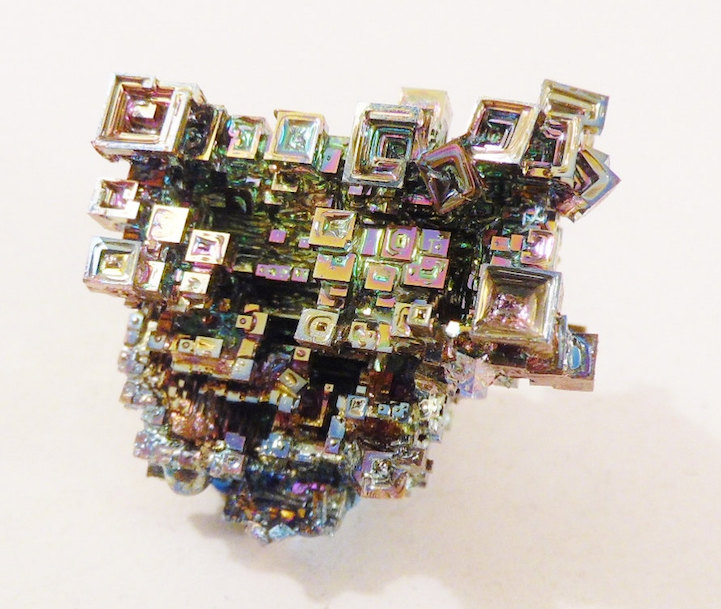 Photo source: Bismuth and Beyond
Photo source: Bismuth and Beyond
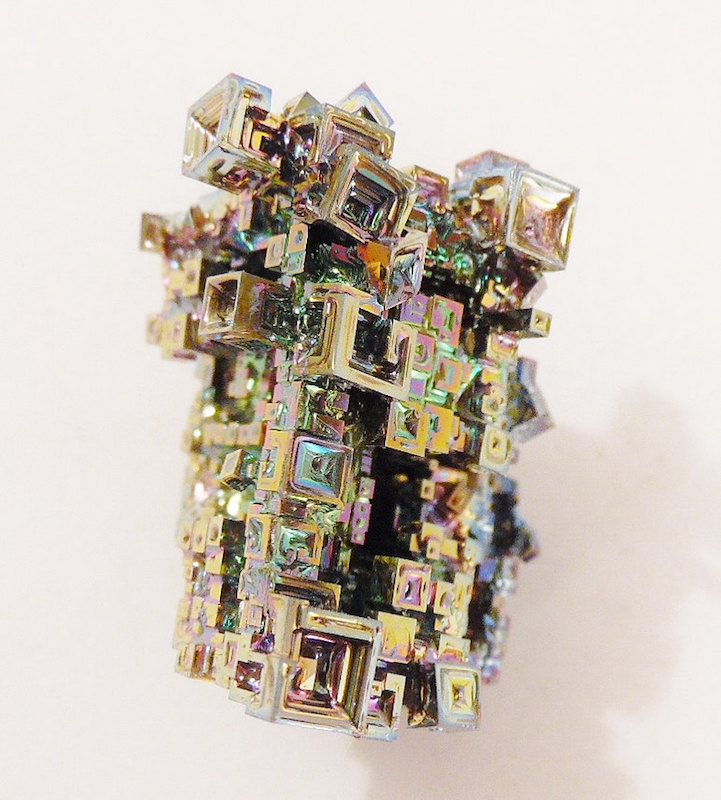 Photo source: Bismuth and Beyond
Photo source: Bismuth and Beyond
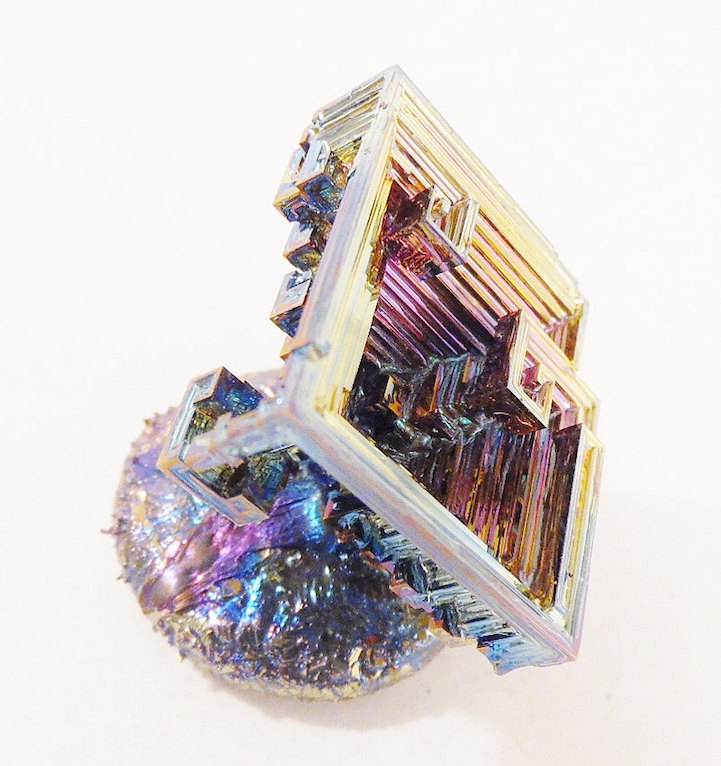 Photo source: Bismuth and Beyond
Photo source: Bismuth and Beyond
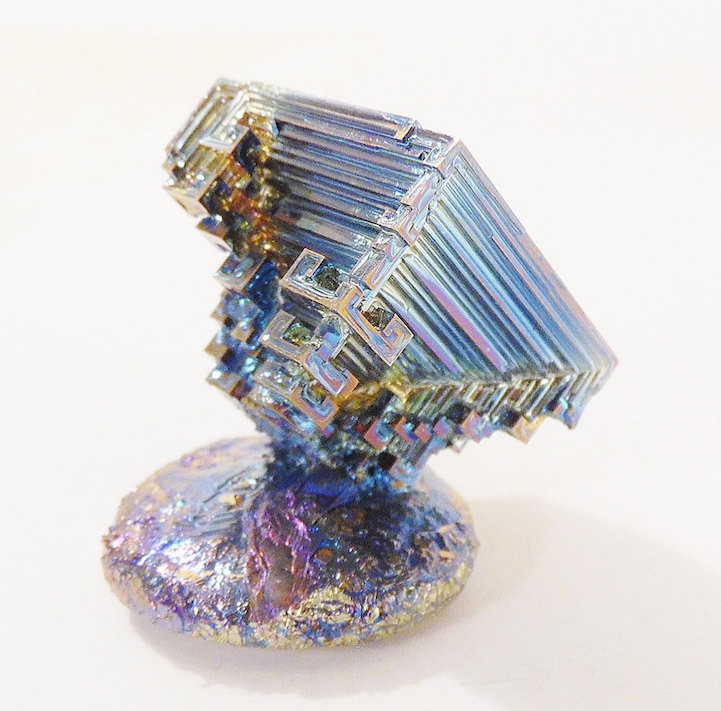 Photo source: Bismuth and Beyond
Photo source: Bismuth and Beyond
 Photo source: Bismuth and Beyond
Photo source: Bismuth and Beyond












































































